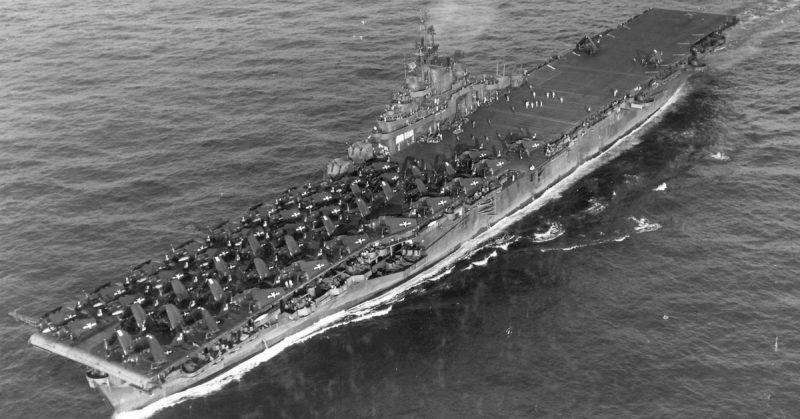An aircraft carrier and its complement of planes is perhaps the most powerful military formation in the modern world. With it, a nation can reach across the globe to assert its authority, achieving strategic goals thousands of miles from home.
How did this way of fighting come to prominence?
Ely’s Experiments
The first successful experiments in ship-based aviation were carried out by Eugene B. Ely. On November 14, 1910, Ely took off in a Curtiss biplane from the USS Birmingham, a US Navy cruiser. Two months later, Curtiss achieved the reverse maneuver, landing a Curtiss on the USS Pennsylvania.
Many people treated Ely’s efforts as a novelty. In reality, it was proof of a concept for a whole new tool of war. It could free aircraft from the necessity of secure land bases from which to take off and land. It also showed the need for specially adapted ships. The Birmingham had been fitted with a 25-meter platform over its bows in preparation for Ely’s flight.
At the time, there was no requirement for ship-based aircraft. It would be another four years before WWI introduced the world to inter-plane combat. No plane had yet been equipped with weapons; fighters and bombers did not exist.
By 1918, everything had changed.
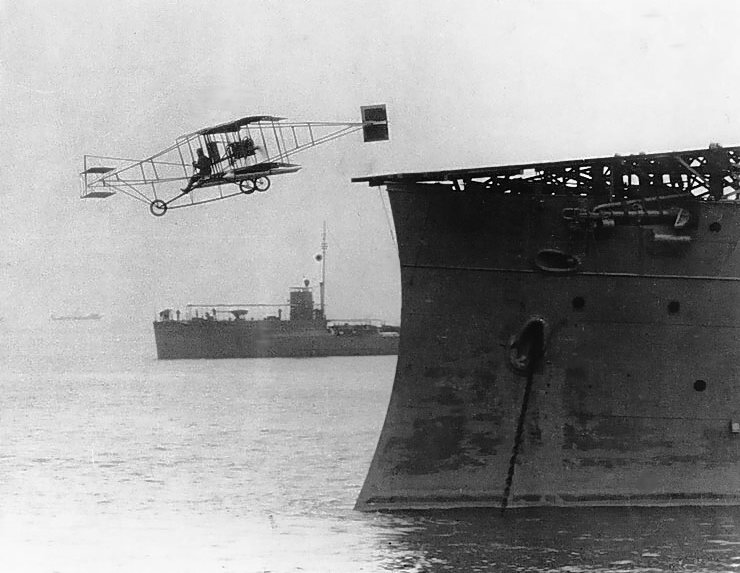
Carrier-Borne Defence Arrives
Most of the aerial combat of WWI took place over land although it did witness the first use of a carrier-borne aircraft for air defense.
The British had carried out their first successful deck takeoff on January 10, 1912. Following Ely’s example, they erected a launch platform over a gun turret on the cruiser HMS Africa.
As war erupted and the power of aircraft was proven, the Royal Navy hurriedly attached platforms to a handful of its ships. Flying from the HMS Yarmouth, a Sopwith Pup destroyed a German Zeppelin. It was the first example of successful defensive carrier action, highlighting one of the most important roles ship-borne planes would have.
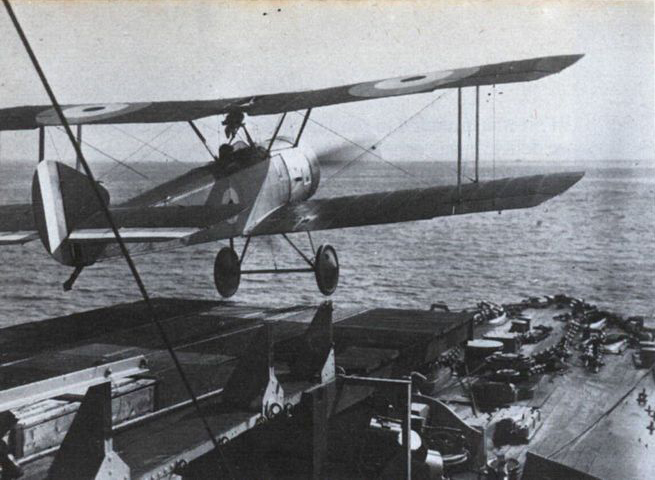
The January 28 Incident
In January 1932, tensions arose between China and Japan who had occupied territory on and close to the Chinese mainland. The escalation of the Sino-Japanese War was well underway.
In late January, a dispute over Shanghai exploded into open fighting between Chinese and Japanese forces.
At midnight on January 28, the Japanese launched a massive attack against Shanghai by carrier-based aircraft. The attack in support of ground troops was the first significant use of carrier-borne air power. It was also one of the first incidents of terror bombing against a civilian-filled city – preceding the Nazi attack on Guernica in Spain by several years.
Carriers had shown their offensive as well as their defensive potential.

Building Specialist Aircraft
As the importance of carrier-borne air power became obvious, powerful and forward thinking nations began commissioning purpose-built aircraft to serve on carriers. With shorter runways, limited storage space, and the challenges of taking off and landing on a moving platform, they were different beasts from the planes serving on land.
America was at the forefront of the work, in which the Grumman company played a vital role. Grumman started work on a prototype Navy biplane in March 1931. Over the next decade, a series of Grumman naval biplanes saw service on American carriers, from the experimental XFF-1 to the F3F-1.
Grumman followed the biplanes with the F4F Wildcat. An armored monoplane, equipped with a self-sealing fuel tank, it was a sturdy naval fighter. It was the primary US Navy fighter when America entered WWII.
Other nations, having neglected the field, hurried to catch up. The British adapted the Hurricane into the Sea Hurricane.
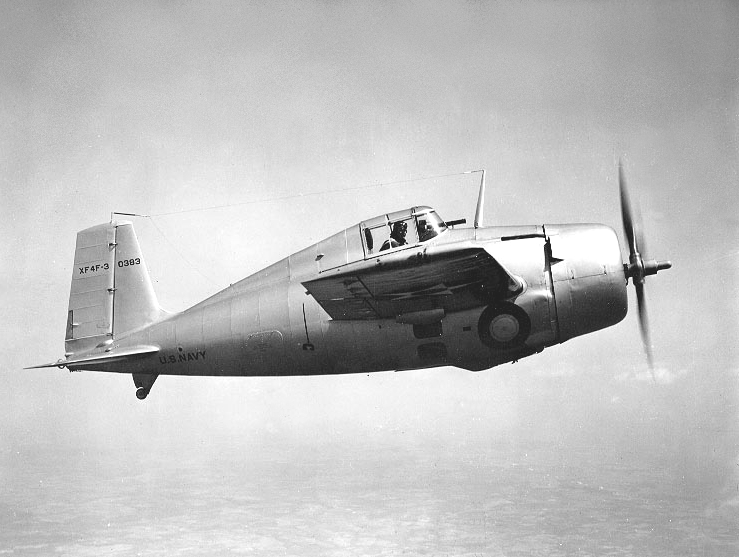
Japanese Carrier Power
Following the incident at Shanghai, Japan continued to build up its naval air power into a truly formidable force. Aircraft carriers enabled the Japanese to extend a war of conquest far from their own shores. They were invading islands up and down the length of the Pacific.
One of the reasons why the Japanese were so successful was their use of the Mitsubishi Zero. The carrier-based fighter was extremely maneuverable, perfect for gaining an advantage in the swarming fighter combats that were part of WWII naval engagements. That maneuverability came at a high cost. Cutting back on weight left the plane lightly armored, making the pilot extremely vulnerable.
Seaborne air power allowed Japan to launch its bold attack on Pearl Harbor in December 1941. Six aircraft carriers took part in the offensive, launching an air strike half-way across the Pacific. It was an attack that caught the United States unaware and could have devastated the American fleet if the timing had been better.
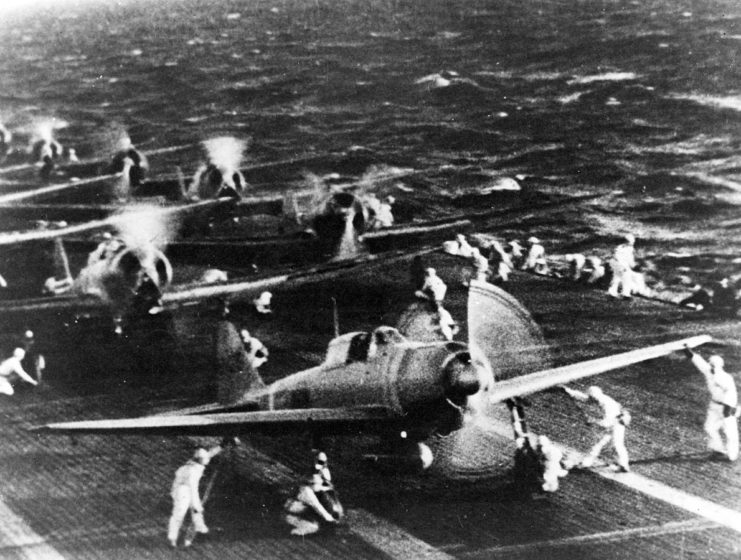
The Pacific War
Aircraft carriers dominated the war that followed in the Pacific. The two largest protagonists, Japan and the United States, relied heavily on aircraft carriers. Squadrons of fighters provided a protective cover over American fleets, patrolling up to 40 miles from their home ships. Planes sank ships, bombed installations, and strafed troops during the island hopping war.
A well-protected carrier had become one of the greatest strategic assets in the world.
The Jet Age
Following WWII, the range, speed, and power of aircraft increased with the development of jet planes.
As global powerhouses extended their reach around the world, they used aircraft carriers. The US and its allies, in particular, rely on aircraft carriers for interventions from the Korean War in the 1950s through to Middle Eastern conflicts in the 21st century.
Planes continue to adapt. For example, BAE Systems’ Harrier was built for vertical takeoff and landings, perfect for sea-borne use. The fundamental lesson of WWII remains, and naval air power has continued to be a leading strategic asset for over half a century.
Sources:
Francis Crosby (2010), The Complete Guide to Fighters & Bombers of the World
Wikipedia – accessed May 23, 2017
